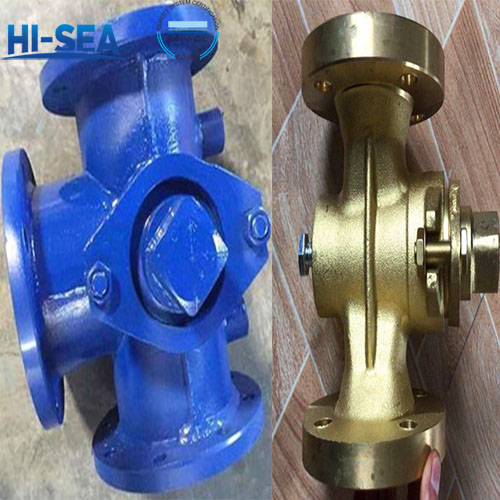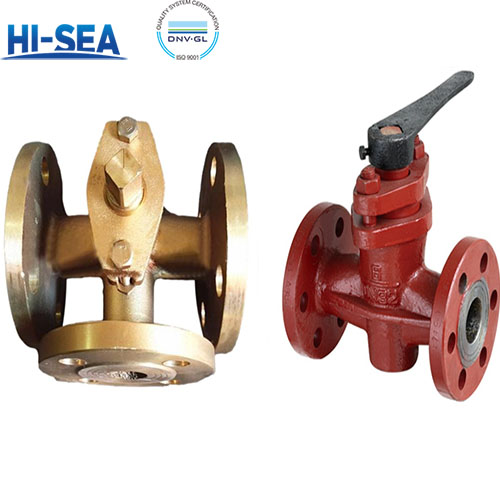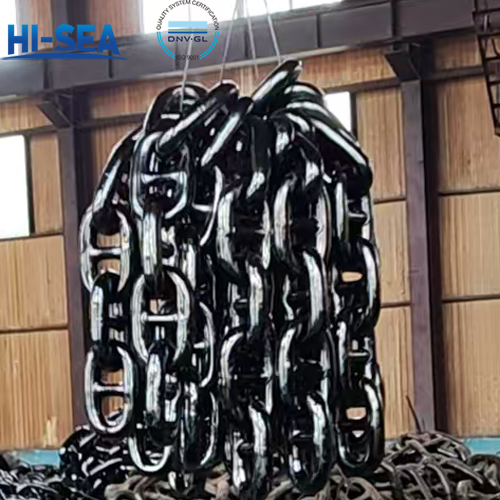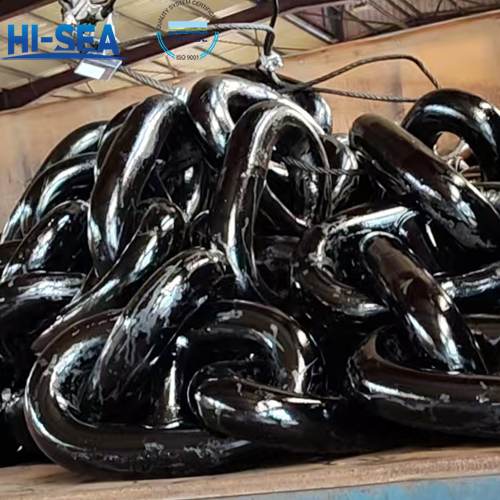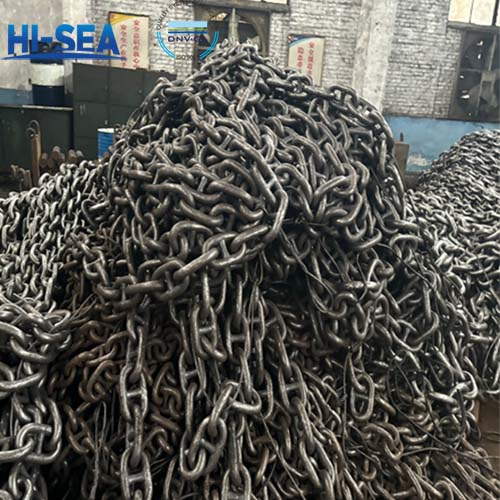
The Difference Between Three-way Plug Valve and Straight Plug Valve
Three-way plug valves and straight plug valves are both types of plug valves used in industrial applications to control the flow of fluids. However, there are key differences between the two types of valves.
Overview
The plug valve uses the plug body with through-hole as the opening and closing parts, and the plug body rotates with the valve stem to realize the opening and closing of the valve. The straight - through type plug valve is used to cut off the medium, and the three - way type plug valve is used to change the direction of the medium or to split the medium.
Flow direction: The main difference between a three-way plug valve and a straight plug valve is the number of ports they have. A three-way plug valve has three ports, allowing for multiple flow directions and configurations. In contrast, a straight plug valve has only two ports, allowing for a straight flow path.
Functionality: Three-way plug valves are commonly used in applications where the flow of fluid needs to be diverted or mixed between two different directions. They are often used in systems where fluid needs to be redirected, such as in heating and cooling systems. Straight plug valves, on the other hand, are used in applications where a simple on/off control of fluid flow is required.
Complexity: Three-way plug valves are typically more complex and have more components than straight plug valves due to the additional port. This can make three-way plug valves more expensive and require more maintenance compared to straight plug valves.
Picture of Three-way Plug Valve and Straight Plug Valve
